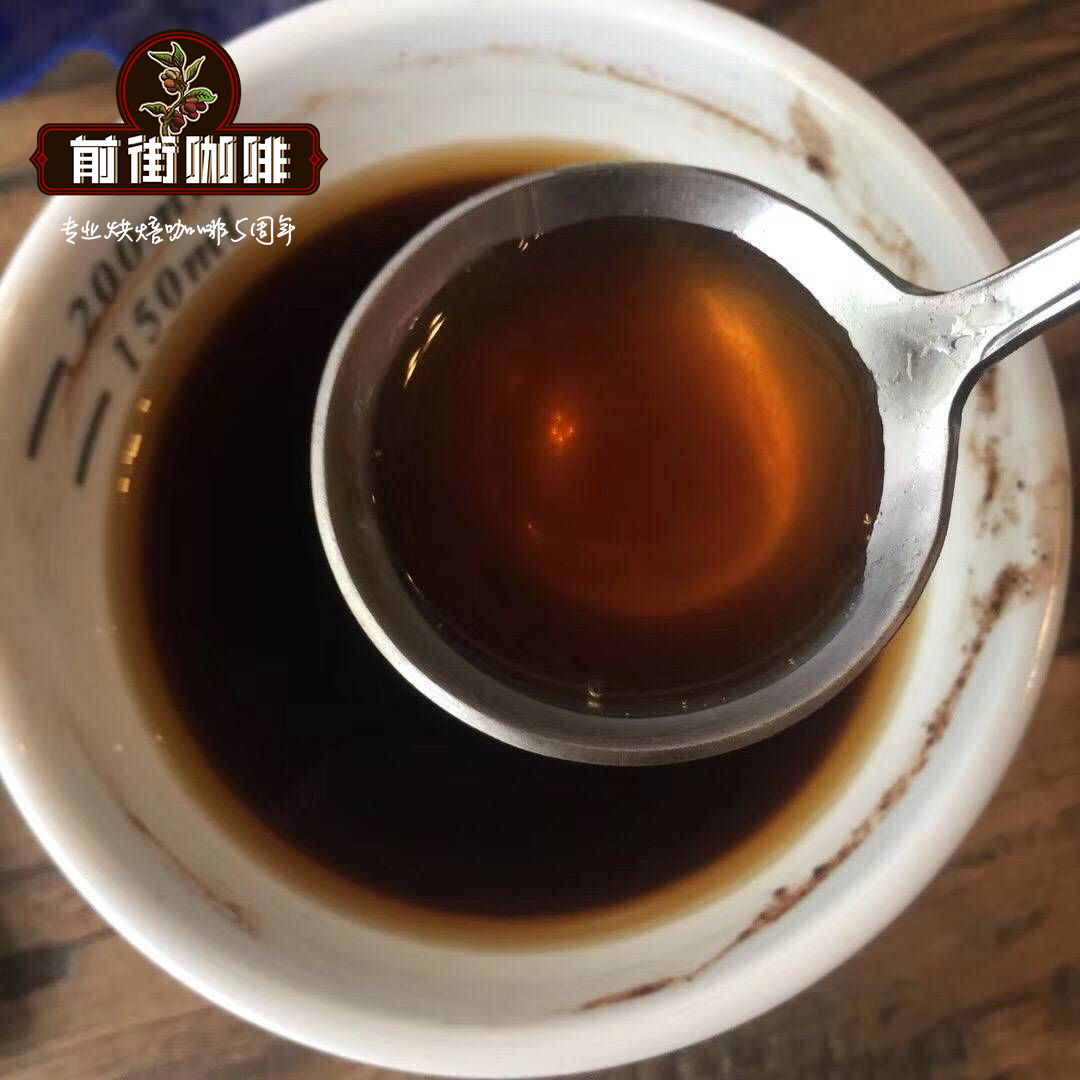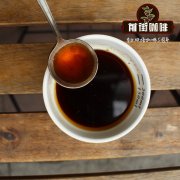Geography of Rwandan coffee beans what are the varieties of Rwandan coffee? Rwandan coffee flavor

Professional coffee knowledge exchange more coffee bean information please follow the coffee workshop (Wechat official account cafe_style)
Coffee growing environment in Rwanda
Rwanda is located in the heart of the interior of Africa. Its fertile mountain terrain and ancient traditional bourbon species indicate that the natural environment needed to grow high-quality coffee beans can be seen everywhere in Rwanda. Coffee was introduced to Rwanda by German missionaries in 1904 and began to flourish in 1930 because it was the only income-earning crop for rural farmers. Whether it was Arabica harvested in March-June or Robsta harvested in May-June, the government encouraged in effect ordering the production of low-quality and high-yield coffee, even though poor quality played an important role in Rwanda's economic development at that time, because it was one of the few crops that could earn cash, but as global coffee prices collapsed, it continued to promote the policy of exporting low-quality Arabica coffee. Changes are bound to be made.
The 1994 genocide claimed nearly 500000 lives, almost wiped out the knowledge and technology of coffee bean cultivation, and at the same time, coffee bean prices around the world fell sharply, making Rwanda's coffee industry even worse. The coffee industry in Rwanda is now on the rise again, hoping to re-establish the infrastructure needed for the production and processing of boutique coffee beans at a steady pace, most notably the Joint enhanced Rwanda Agricultural Partnership (PEARL), which is mainly to help Rwanda rebuild agricultural institutions, production capacity and cultivate agricultural talent to help local small farms sell coffee beans directly to buyers in the boutique coffee market. Unlike neighboring Kenya, Ethiopia has a centralized auction system, but its agricultural cooperatives can buy and sell coffee directly with buyers. However, if coffee beans are to be exported from landlocked countries, they must travel 1500 kilometers to Mombasa Mombasa in Kenya or Dares-Salam Dar es Salaam in Tanzania, after 2007 & # 39 After the rehearsal of the Crop of Gold' Golden Bean Competition, Rwanda held its first COE coffee competition in 2008, which drew more buyers' attention to the high-quality bourbon beans produced in Rwanda.
Rwanda (Rwanda), known as the Land of a Thousand Hills, sits above the equator and is surrounded by East African States such as Congo, Uganda, Tanzania and Burundi. Geographically, it has suitable conditions for growing coffee, but since it was introduced by German missionaries in 1904, Rwandan coffee has been poorly handled commercial grade, most of which have been exported to the sovereign country of Belgium. The promotion of boutique coffee production began only after the ravages of war and after the economy got back on track.
The genocide (Genocide), which occurred in 1994, killed more than 1 million people, most of them Tutsi (Tutsi). So far, there are orphans who survived that year, memorial halls that can be seen everywhere, and war criminals who account for 90% of the total number of prisoners in the streets of Rwanda. Since 2001, the Government of Rwanda has established NAEB (National Agriculture Export Development Board), which focuses on promoting coffee exports and earning foreign exchange.
With the support of the government, farmers have changed from rough home treatment to transporting freshly harvested fruit to a nearby water washing station (Coffee Washing Station) for full washing treatment. In a short period of 12 years, the number of washing stations across the country has increased from two to 220. It is now all private, that is, owned by exporters or farmers' cooperatives. Due to the small average area of farmland (less than 200 coffee trees per farm), about 50 to 100 farms are served at each station. NAEB employs 200 botanists and cup surveyors to regularly check quality at washing stations and educate farmers about soil management, organic planting, pruning, disinfestation and picking.
Strictly control the speed of air drying
Bourbon accounts for more than 90% of Rwanda's production. A small number of farmers grow bourbon variants BM-139 and Jackson. There are more mountains in the south and west, and water washing stations are also more famous. For example, Gitesi, Huye Mountain, Mibirizi, etc. Compared with drying on concrete in Central America, Rwanda will cover parchment coffee on an African bed with canvas to control the rate of air drying and slowly reduce the water content of the beans to 11% of the target in 10 to 15 days. Compared with sunlight exposure, this method helps to retain organic matter.
Rwanda is the first African country to host COE events. This is the fifth year. In taste, Rwanda coffee has obvious floral and fruity aromas, and tastes as smooth as tea. The balance is the highest in the United States of Africa.
Qianjie recommends the brewing parameters of Rwandan coffee:
B60ap90 ℃ / 1 15 / time two minutes
Qianjie coffee: Guangzhou bakery, the store is small but a variety of beans, you can find a variety of unknown beans, but also provide online store services. Https://shop104210103.taobao.com
Important Notice :
前街咖啡 FrontStreet Coffee has moved to new addredd:
FrontStreet Coffee Address: 315,Donghua East Road,GuangZhou
Tel:020 38364473
- Prev

How to drink Rwandan coffee beans? What is the flavor of Rwandan coffee beans?
Professional coffee knowledge exchange more coffee bean information please follow the coffee workshop (Wechat official account cafe_style) Rwanda is located in the heart of the interior of Africa, its mountain terrain is fertile land, as well as ancient traditional bourbon species, indicating that the natural environment needed to grow quality coffee beans can be found everywhere in Rwanda. Coffee was introduced to Rwanda by German missionaries in 1904, 1930.
- Next

What are blended coffee beans? What is the proportion of Italian coffee beans? Which kind of beans should be used to mix coffee beans?
Professional coffee knowledge exchange more coffee bean information please follow the coffee workshop (Wechat official account cafe_style) what is the blending of coffee beans? What is the blending ratio of Italian coffee beans? What kind of beans should I use to mix coffee beans? Since it is a blending, it naturally refers to the blending of more than two kinds of raw beans, but a special example is that the same kind of coffee beans with different roasting degrees can also be blended.
Related
- Detailed explanation of Jadeite planting Land in Panamanian Jadeite Manor introduction to the grading system of Jadeite competitive bidding, Red bid, Green bid and Rose Summer
- Story of Coffee planting in Brenka region of Costa Rica Stonehenge Manor anaerobic heavy honey treatment of flavor mouth
- What's on the barrel of Blue Mountain Coffee beans?
- Can American coffee also pull flowers? How to use hot American style to pull out a good-looking pattern?
- Can you make a cold extract with coffee beans? What is the right proportion for cold-extracted coffee formula?
- Indonesian PWN Gold Mandrine Coffee Origin Features Flavor How to Chong? Mandolin coffee is American.
- A brief introduction to the flavor characteristics of Brazilian yellow bourbon coffee beans
- What is the effect of different water quality on the flavor of cold-extracted coffee? What kind of water is best for brewing coffee?
- Why do you think of Rose Summer whenever you mention Panamanian coffee?
- Introduction to the characteristics of authentic blue mountain coffee bean producing areas? What is the CIB Coffee Authority in Jamaica?

